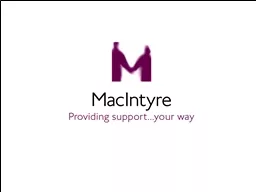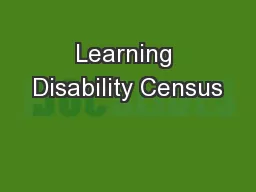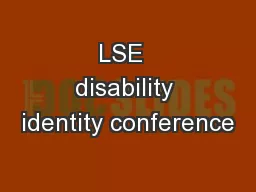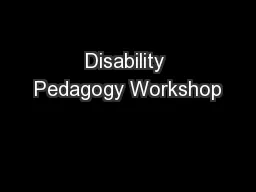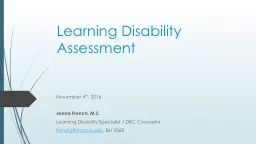PPT-Social History of Learning Disability
Author : olivia-moreira | Published Date : 2016-05-09
Open University July 2014 Crossing Boundaries and Building Trust Professionals solution to every problem is to say we need more of us So if there are less of us
Presentation Embed Code
Download Presentation
Download Presentation The PPT/PDF document "Social History of Learning Disability" is the property of its rightful owner. Permission is granted to download and print the materials on this website for personal, non-commercial use only, and to display it on your personal computer provided you do not modify the materials and that you retain all copyright notices contained in the materials. By downloading content from our website, you accept the terms of this agreement.
Social History of Learning Disability: Transcript
Download Rules Of Document
"Social History of Learning Disability"The content belongs to its owner. You may download and print it for personal use, without modification, and keep all copyright notices. By downloading, you agree to these terms.
Related Documents

